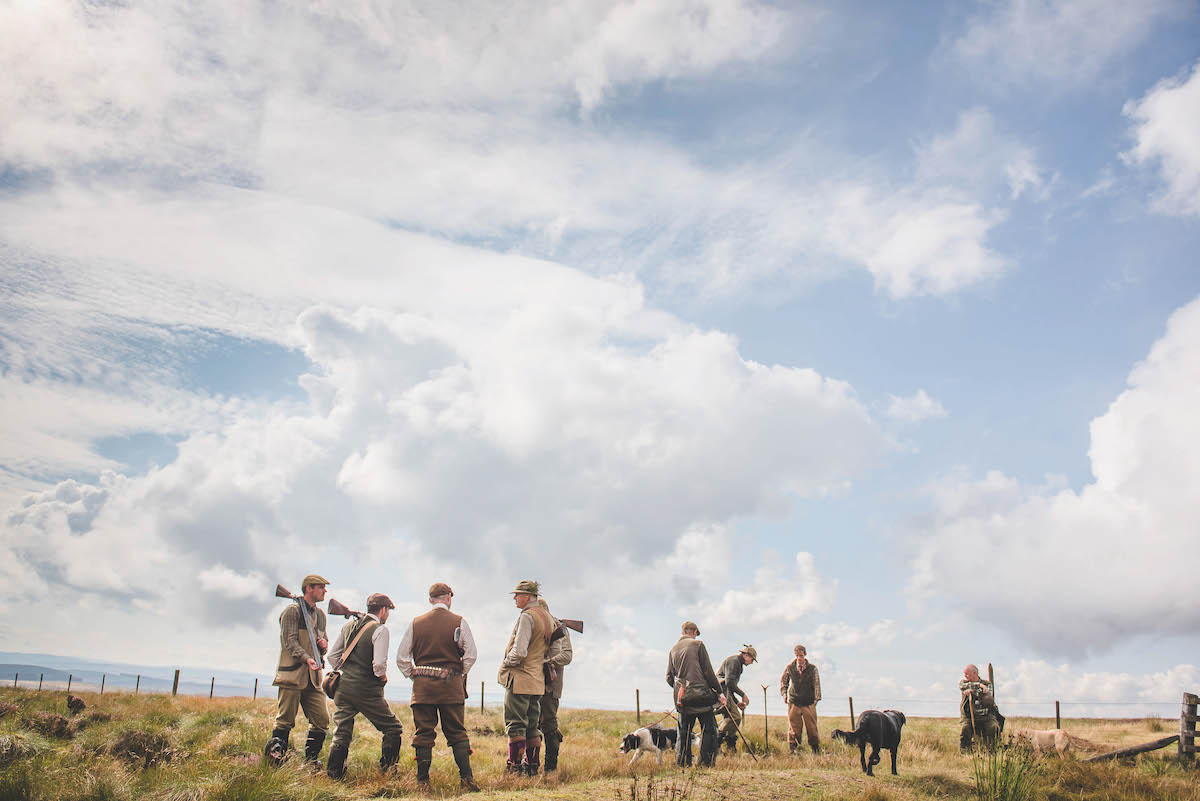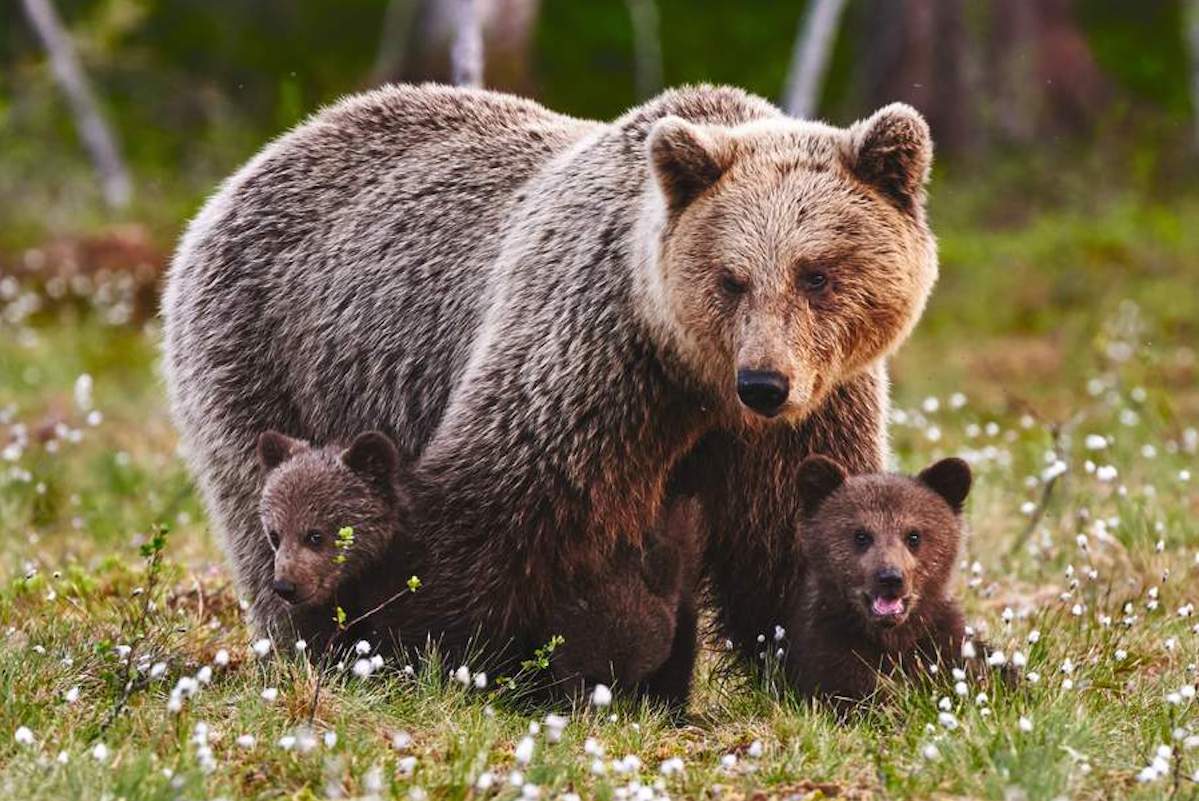How to start ferreting
For a newcomer ferreting can seem quite daunting, but you can still catch rabbits with a small amount of gear. Here's Ed Cook's guide on how to start ferreting

Ferreting is one of those activities that can be as complicated or as simple as you make it. For a newcomer it can seem quite daunting when you consider all the bits and bobs that are collected by those experienced in the art. However, you can still start ferreting and catch rabbits with a minimal amount of gear.
The entry point for any level of ferreting is, of course, the ferret! Without such an ingredient you’re not going to be very productive. Everyone has differing views on what makes a good ferret, but the fact is all ferrets will bolt a rabbit given the opportunity.
That said, I would prefer to get ferrets from a long line of working ferrets to increase the chances of productivity.

Colour makes no difference to what makes a good ferret
Start ferreting with hobs
Colour makes no difference, although white/albino ferrets are easier to see as they leave a hole and pass through vegetation. My preference is to use hobs because they have more power than jills, I find this helps in achieving an outcome quickly – be it a kill or a bolt. That said, many people like working jills. Ferrets need to be handled and despite what some idiots may say, a good ferret isn’t a vicious one – such a ferret is a liability. A well-mannered and easily handled animal is a positive sign that the owner has done a good job, which will be a great asset to any hunting team. This is only achieved by constant handling.
Accommodation for ferrets
The bigger the housing, the better. This keeps them healthier and fitter. Ferrets are escape artists and housing needs to be spacious, yet strong and secure. The ferrets’ accommodation should, of course, be the first purchase. Ferrets also benefit from a mixed diet of fresh meat. So as soon as you have the hutch and ferret(s), it’s time to think about getting the other bits you will require to start out in this pursuit.

Longets and purse nets are useful bits of kit
Equipment
The next piece of equipment you’ll need is the ferret locater. It’s good practice to use it before taking the ferrets to the hunting ground. You’ll also need a spade to retrieve a ferret when it catches a rabbit below ground. I’d recommend the Bulldog rabbiting spade for the job.
How you catch the rabbits that your ferret bolts is up to you or the area you are working. The simplest way would be with a handful of purse nets or to stand back with a shotgun and shoot those that bolt clear of the warren. But, a lot is dependent on the vegetation above the targeted burrow.
As time passes and you gain experience you will find yourself collecting a lot more equipment. This is likely to include longnets, bolting cages and various other gadgets. You may also find yourself interested in the benefits of working with lurchers or even birds of prey. Before you know it you will have a notable pile of equipment and a menagerie that will put most zoos to shame – all to catch a poxy rabbit!
Buying a ferret
- Find a reputable breeder – visit the breeder to see how they’re kept.
- Kits are born over the summer, as jills come into season in spring (never buy kits outside of the natural season).
- Make sure kits are playful, healthy and alert.
- Have a hutch big enough to keep your ferrets occupied.
- Ensure your ferrets have a mixed diet of fresh meat – ferrets are obligate carnivores. Dry food is also available from most pet shops.
Equipment checklist
Essential
- Ferret(s) – Ed prefers to use hobs.
- Secure housing – the bigger the better.
- Ferret locator.
- Spade – Ed recommends the Bulldog rabbiting spade.
- Purse nets.

Practice using your locator before you go hunting
Other equipment
- Longnets.
- Shotgun.
- Bolting cages.
- Working dogs.
How to make your own nets for ferreting
Edward Cook recommends some books that will help you learn how to make your own nets for ferreting
Ferreting on an ancient hedgerow
The Jolly boys tackled a hedgerow planted in the 1800s, which was housing rabbits doing a lot of damage –…
8 commonly asked ferreting questions
1. What do you do about ferreting in the summer months? How a keen ferreter makes best use of this…











